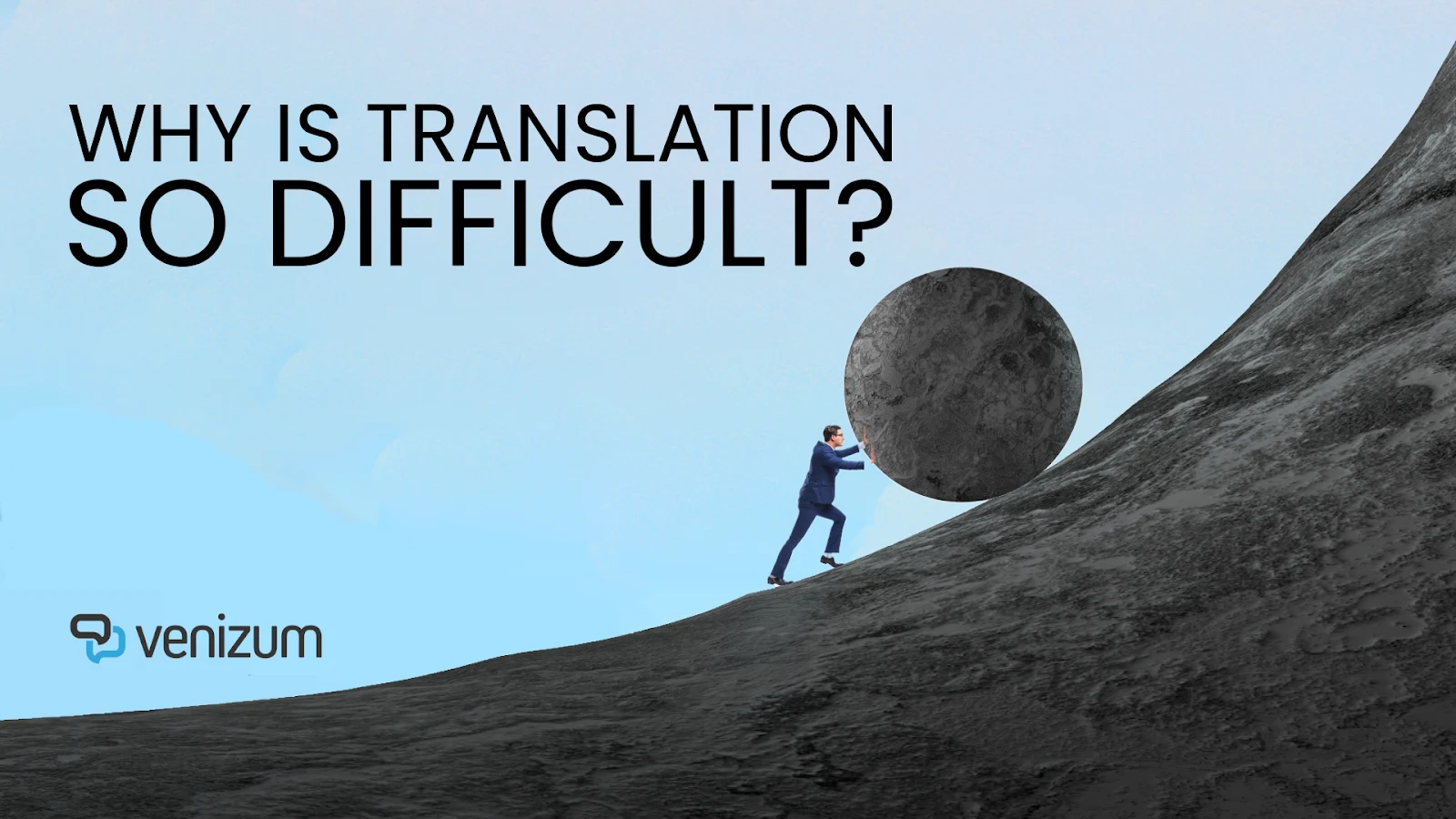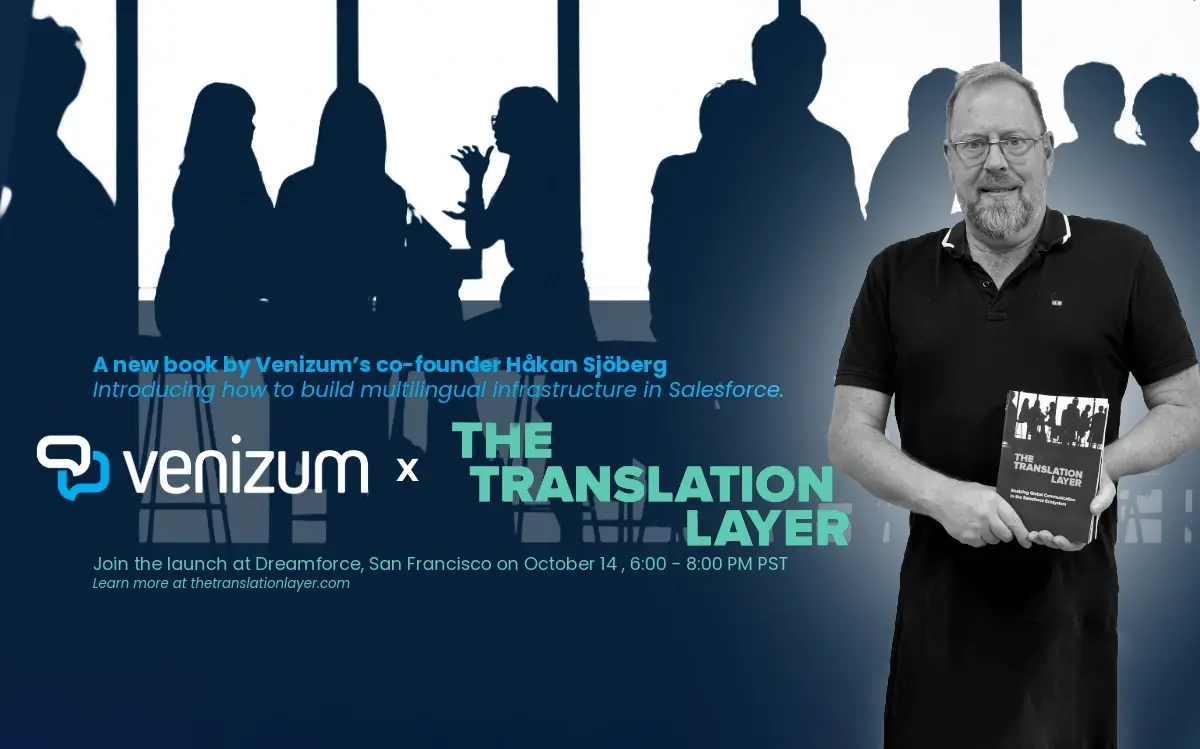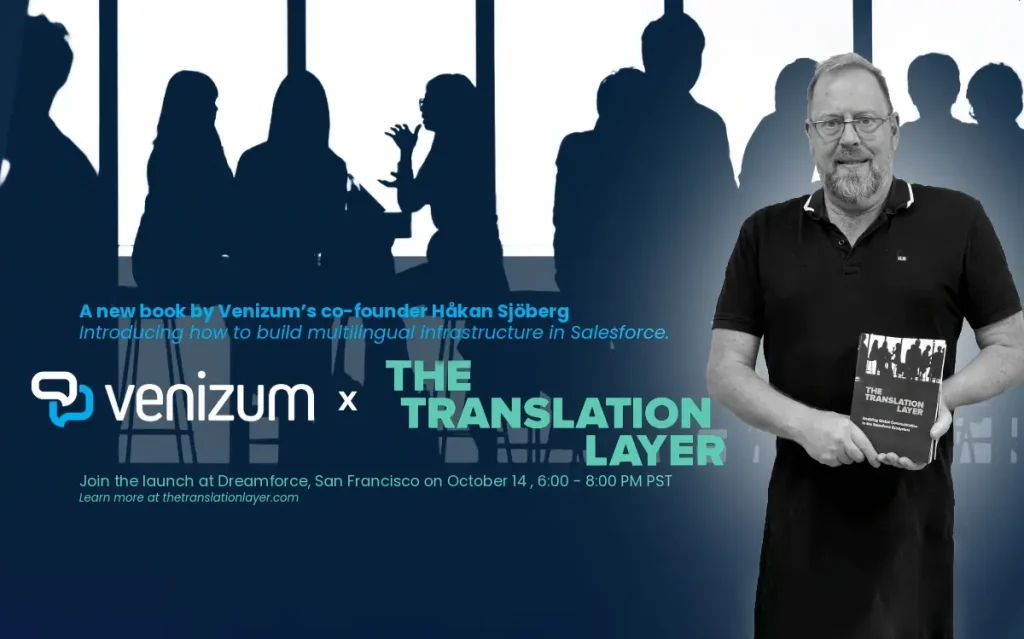In today’s interconnected world, communication across languages is no longer a luxury; it’s a necessity. Whether you’re a business entering new markets, a global team supporting customers, or a content creator seeking international reach, effective translation plays a crucial role in achieving your goals.
Yet, even with AI and machine learning making incredible strides, high-quality translation remains surprisingly complex. Why? Because language is more than just words, it encompasses meaning, culture, and context. Let’s explore the challenges that make a craft as much a science as it is an art.
Exact Words, Different Meanings
Many words carry multiple meanings depending on how they’re used. Take the word “nail”: it can refer to either a part of the body or a construction item. Without context, a translator could easily pick the wrong meaning.
Literal translations often fall short. For example, “I need to get my nails done” makes sense in English, but directly translating it without understanding the idiomatic or cultural reference can lead to confusion, or even nonsense.
Cultural Nuances Matter
Language reflects culture. Phrases that resonate deeply in one language may not exist in another. The Portuguese word “saudade” conveys a melancholic longing, something with no direct English equivalent.
Idioms pose another hurdle. Expressions like “from A to Z” may be meaningless in a language that doesn’t use the Latin alphabet. Cultural knowledge is essential to preserve tone, emotion, and impact.
Language Limitations
No language pairs match up word-for-word. Some concepts simply don’t exist in other tongues. For example, the English word “insight” doesn’t translate cleanly into Spanish.
Grammar creates further difficulty. In French, you can’t say “my friend” without indicating gender, “mon ami” or “mon amie.” These differences affect how ideas are expressed and understood.
False Friends: Familiar-Looking Traps
False friends are words that appear or sound similar in two languages but have different meanings. For example, “constipado” in Portuguese means you have a cold, not a digestive issue.
These deceptively familiar terms can easily cause embarrassment or miscommunication. Skilled translators must be vigilant for these pitfalls and resolve them with precision.
Context Is Everything
Words only make sense within a specific context. “Bank” can mean a financial institution, or the edge of a river. Even the best algorithms struggle with ambiguity unless the broader scenario is known.
That’s why professional translation combines linguistic expertise with contextual awareness. Knowing who is speaking, what they’re trying to say, and to whom, is essential.
The Power of a Translation Glossary
One of the most effective ways to improve translation accuracy, especially at scale, is through the use of a Translation Glossary.
Venizum’s built-in glossary feature empowers teams to define and manage their terminology, eliminating the need to rely on us for updates. Whether it’s product names, branded phrases, or internal terms, your team can customise and update the glossary at any time to reflect your evolving language and brand voice.
With the glossary, you can:
- Define key terms like product names, slogans, or membership levels
- Ensure consistency across all languages, channels, and customer touchpoints to maintain a seamless experience.
- Control preferred translations for sensitive, legal, or brand-specific language.
For example, if your company refers to a “Member’s Club,” you can decide exactly how that should be translated in each target language, whether it appears on your website, in support emails, or during live chat interactions.
This feature is especially valuable across Salesforce integrations, including:
- Marketing Cloud, where brand voice and messaging must stay consistent
- Service Cloud, including case management, knowledge base, messaging (MIAW), and live chat, ensuring agents communicate clearly and correctly across every language.
- Any other Salesforce Cloud your organisation uses, Venizum adapts to your setup, ensuring your terminology is consistent and accurate across your entire Salesforce ecosystem.
When accuracy, tone, and brand integrity matter, having ownership over your translation data makes all the difference. With Venizum’s Translation Glossary, your teams have the autonomy to stay aligned, accurate, and on-brand, globally.
More Than Just Words
Translation is difficult because it’s not just about language; it’s about intent, culture, context, and human connection. Machine translation is becoming increasingly sophisticated, but the nuances of communication still require human insight and more advanced tools.
Whether you’re handling customer conversations, marketing copy, or product documentation, understanding the challenges behind translation helps you approach it with the care and strategy it deserves.
After all, bridging language gaps is about more than getting words right; it’s about making people feel understood.







